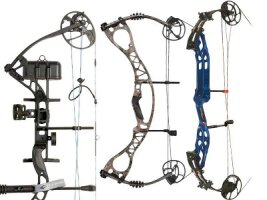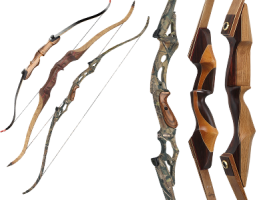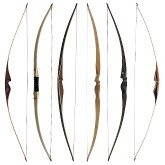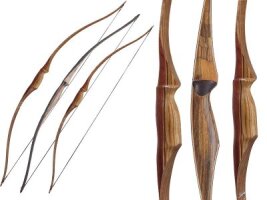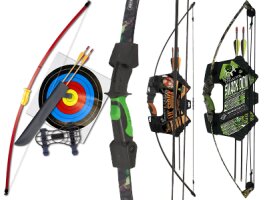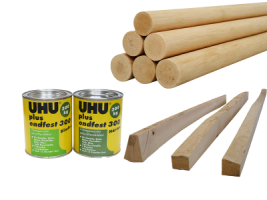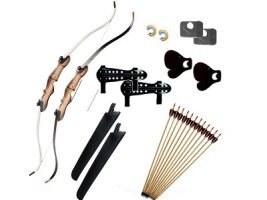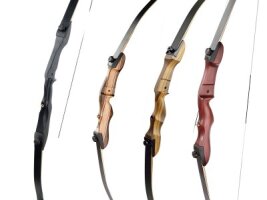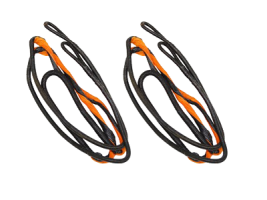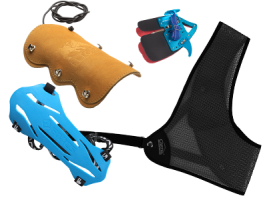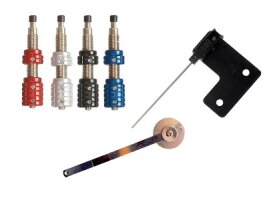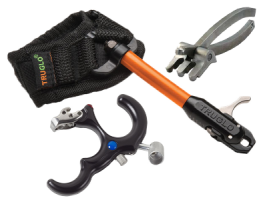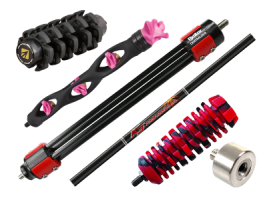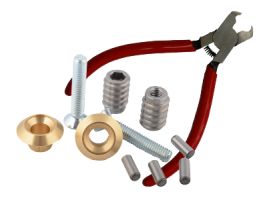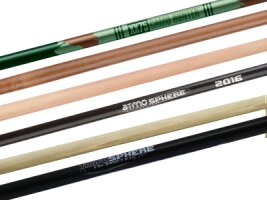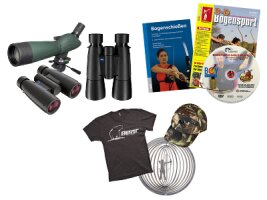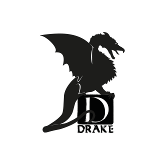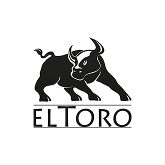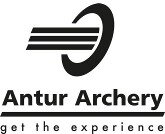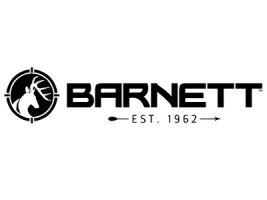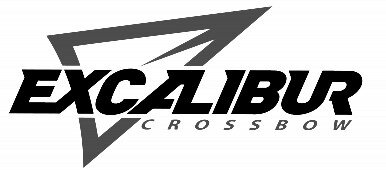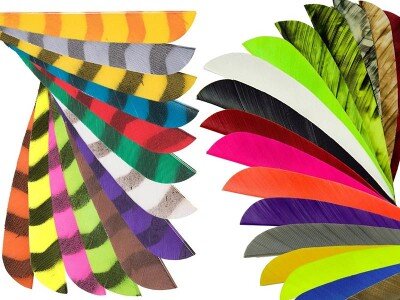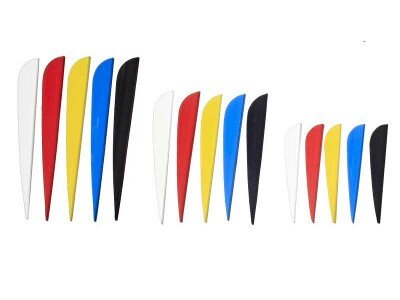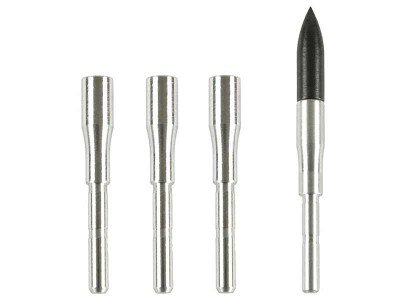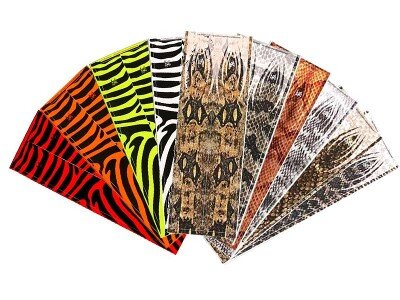Frequently asked questions
An arrow always consists of different parts. These include the shaft, the tip, feathers and the nock.
- The main body is the shaft. This can be made of various materials such as carbon or wood.
- The tip is mounted at the front end. It serves to ensure that the arrow can penetrate the target cleanly without any further problems. The nature of the tip also varies depending on the type of target.
- The feathers or vanes are located at the back of the shaft. They stabilise the arrow in flight. As a rule, 3 feathers / vanes are attached to the shaft, one of which is the guide feather and is attached at a 90° angle to the nock notch. It is usually a different colour and points horizontally away from the bow when shooting.
- The nock is located at the end of the arrow behind the feathers or vanes. It is either made of plastic or, more rarely, metal and is used to ‘nock’ the arrow onto the string. The nock has a notch in which the string is ‘clamped’ and the arrow is thus held on the string. There are different types of nocks, depending on the type of bow and string.
Each individual component fulfils an important task:
- The shaft is the main component of the arrow and influences the Spine (the so-called bending ability) and thus the arrow flight.
- By choosing the tip, you determine the penetrating power that your arrow has at the target.
- The feathers or vanes stabilise the arrow during flight and thus guarantee a certain accuracy.
- With the nock, the arrow can be attached to the string and does not have to be held in place during Draw length. This has a significant influence on your shot
Yes, this is basically possible. It can always happen that feathers, tips etc. are damaged during shooting and need to be replaced. This is why you can also buy all the components of an arrow separately. Please note that all components must be precisely matched to each other and your bow to ensure a stable flight
Yes, that's not a problem. But here too, all components must match each other and your shooting style.

